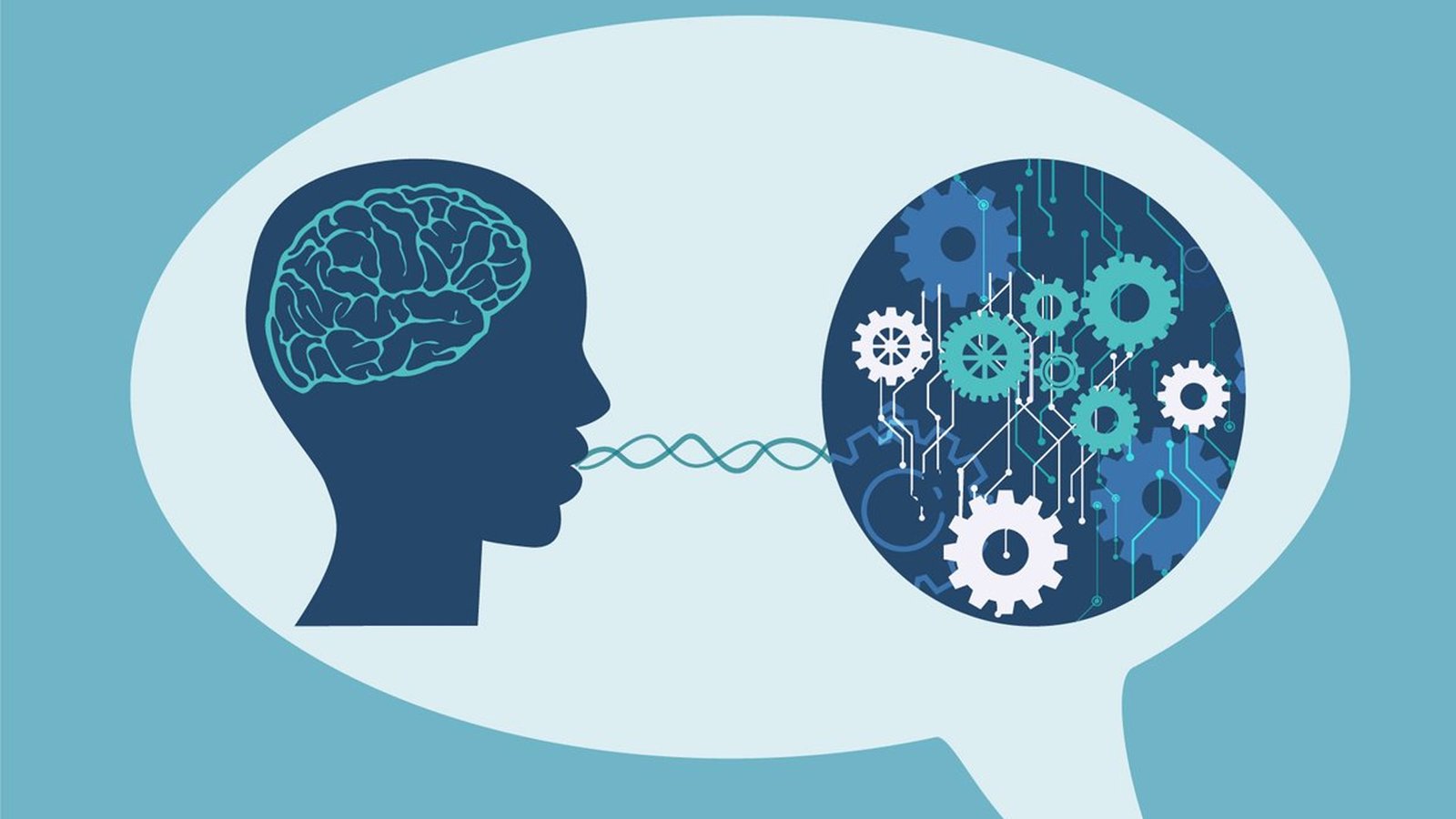Natural Language Generation as a subset of AI helps business to organise data for the required outcomes. It is an essential for structured data and allied conversions.
Natural language generation is a software process that is also a subset of AI, responsible for translating data into understandable, simple language. Which is also what makes it extremely desirable in the tech world. As organizations grow and undergo digital transformation, the amount of data collected and stored increases. Now, this data can be extremely beneficial for the enterprise if utilized properly. But the process of turning ideas hidden in the data into a linguistic story can be quite time consuming and an extensive process. But with Natural language generation, turning numbers in excels into narratives and stories becomes a cake walk.
What is Natural Language Generation?
NLG is the area of AI where natural language is derived from structured data, and this language consists of meaningful phrases and understandable sentences.Now, many people can confuse and mix up Natural Language Generation (NLG) with Natural Language Understanding (NLU) or Natural Language Processing (NLP), when all three of these have different functionalities and distinct objectives.
NLG is the technology that converts structured data into understandable texts and language, but cannot really read and understand the unstructured data, that is taken care of by Natural Language Understanding (NLU). NLU understands the statistical data and decides the intent entity based on grammar. Both of these comprehensively are a part of NLP, Natural Language Processing, which is also responsible for converting text into structured data.
To put it simply,
- NLP is the general domain that converts the text into structured data
- NLG converts the structured data into understandable language
- And, NLU reads and understands the context of the translation
Importance of NLG
NLG is quite a significant and famous technology in the organizational landscape where more and more companies are leaning towards comprehension of large datasets to generate valuable insights.
Some of the most prominent significances of NLG are –
- Automation – NLG enables automation of content generation and translation into simple language which can help departments in quickly generating meaningful documents for business processes.
- Deadly Combo with Data Analytics – Data Analytics and NLG can prove to be quite beneficial for companies when it comes to communicating the insights hidden in a dataset.
- Comprehension – Data can sometimes be quite complex to explain and with NLG, analysts can transform such difficult concepts into consumable and easy bites of information.
- Communication – NLG is a great communication tool, so much so that most of the conversational applications utilize some form of NLG to communicate with the users and reply in understandable formats.
- Relevancy – Natural language generation can articulate and figure out the most critical piece of insight and is quite intuitive that helps it in supporting conversational interfaces that are necessary for delivering relevant business messages.
Types of NLG
There are different approaches and models of NLG that can help in differentiating the technologies capabilities. Some of them are –
- Transformer
- Recurrent Neural Network
- LSTM
These models have different algorithms that serve different purposes and solve distinct problems. There maybe some similarities are they are somewhat integrated, but the whole concept of these models lie on the foundation of transforming structured data into consumable natural language.
While being a complementary tool and technology to Natural Language Processing and Natural Language Understanding, NLG is also a crucial feature that disambiguates the data for users to read and understand the machine’s analysis for data-driven decision making. There are different stages of NLG that start with the decision on what information needs to be mentioned in the text, followed by structuring and organization of the data, then merging and aggregating the data, to having the algorithm put the words into concepts, leading to the realization and creation of the final text.
This is an excellent system for enterprises to automate several business processes that require conversion of data into linguistic stories, essential for better evaluation and summarization of the outcomes.
AI for long has been a backbone to digital transformation, and with subsets like NLP, NLG, and NLG, it becomes more and more preliminary to most of the tools implemented for enhanced business operations. It is time to leverage the power of machines and technologies to better the environment and automate trivial tasks to save time and utilize critical metrics!
For more such updates and perspectives around Digital Innovation, IoT, Data Infrastructure, AI & Cybersecurity, go to AI-Techpark.com.

